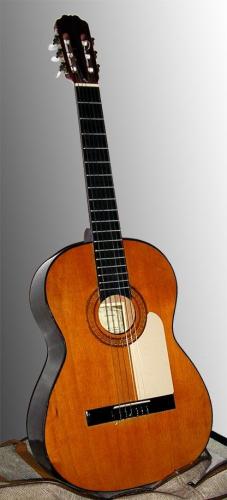
Guitar short story
#history
The guitar is a very popular instrument in Western music thanks to its dynamism, versatility and ability to produce various types of sound. The guitar also gives us the opportunity to evoke a surprising range of emotions; that is why a wide variety of musical genres make use of the guitar in any of its forms (Pop, rock, boleros, etc.). But do you know where it came from and how it originated? We share with you a brief history of the guitar
THE ORIGIN OF THE MODERN GUITAR
Composed of 6 strings, an arm and a soundboard, the guitar is believed to have originated in Spain in the 16th century and during the centuries of the Arab conquest in Spain and the Iberian Peninsula. Thus, the modern guitar is derived from the Latin guitar, a late medieval instrument with a bulging body at the waist and with 4 strings; the first guitar was thinner and deeper with a less pronounced waist.
THEORIES ABOUT THE BACKGROUND OF THE GUITAR
One theory is that the guitar is derived from an instrument from India known as a sitara, which consisted of a soundboard made of half a pumpkin. Later, this instrument would arrive in Persia and Greece with a new name, Khitara; from there the Spanish citara would be born.
However, the origins of the guitar could be traced back centuries. The oldest stringed instruments known to archaeologists are harps and tarbur. Since prehistoric times, people have made harps using turtle shells and pumpkins to create resonance with an inverted stick and thin strings. These instruments were developed by Sumerian, Babylonian and Egyptian civilizations. Around 2,500-2,000 BC, more advanced harps were discovered, such as the one found in the tomb of Queen Shub-ad (this instrument had 11 strings and gold ornaments).
- Comments (3)
- Recommended
- Milestones



Here are your recommended items...
Here are your milestones...






